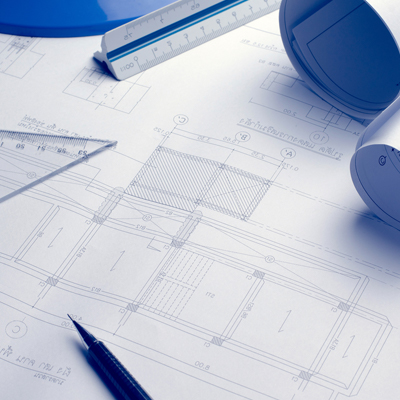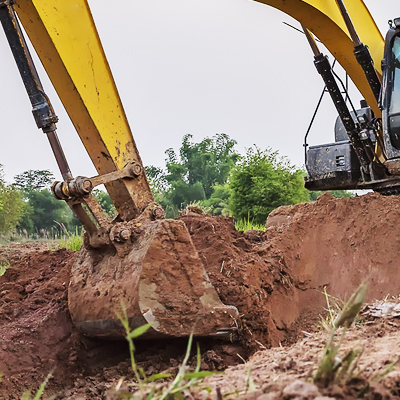Void Filling
The deterioration or settlement of soil can create an empty space between the top of the substrate and bottom of the structure; this is called a void. Voids either form gradually over a period of years, rapidly due to water infiltration, or sporadically due to unstable soil conditions. Most often voids appear as cone shaped depression or a hole at the ground surface.
Voids can form under a variety of conditions both natural and manmade. Trash and rubbish buried during construction will produce a void as it decomposes. If the trash pit is located under a concrete slab, building footer or foundation structural damage will often result from the subsidence. Sanitary and storm sewer pipes breaking will allow fill materials to be carried away producing underground voids. Natural occurrences such as sinkholes and karst topography can also cause voids when the subsidence occurs under a structure.
If left untreated, this could cause minimal to severe damage to structures. These damages may include cracking in foundation walls and floor slabs, cracking of brick veneer, vertical displacement of the structure with severe tilting, and the inability to properly open and close doors and windows. Buildings, utility pipes and roads are the most commonly affected structures. Under extreme instances, complete structural failures can occur.
Filling of the void is conducted in one of several ways depending upon a variety of factors including access, the size of the cavity, compressive strength requirements of fill materials, and the voids proximity to the surface and location in relation to structures.
Gibson's Pressure Grouting specializes in filling voids to keep your structures and foundations safe. Our engineers and geologists can determine the best and most cost effective solution to rectify nearly any situation. Contact us today for a customized solution to your problem.
Voids can form under a variety of conditions both natural and manmade. Trash and rubbish buried during construction will produce a void as it decomposes. If the trash pit is located under a concrete slab, building footer or foundation structural damage will often result from the subsidence. Sanitary and storm sewer pipes breaking will allow fill materials to be carried away producing underground voids. Natural occurrences such as sinkholes and karst topography can also cause voids when the subsidence occurs under a structure.
If left untreated, this could cause minimal to severe damage to structures. These damages may include cracking in foundation walls and floor slabs, cracking of brick veneer, vertical displacement of the structure with severe tilting, and the inability to properly open and close doors and windows. Buildings, utility pipes and roads are the most commonly affected structures. Under extreme instances, complete structural failures can occur.
Filling of the void is conducted in one of several ways depending upon a variety of factors including access, the size of the cavity, compressive strength requirements of fill materials, and the voids proximity to the surface and location in relation to structures.
Gibson's Pressure Grouting specializes in filling voids to keep your structures and foundations safe. Our engineers and geologists can determine the best and most cost effective solution to rectify nearly any situation. Contact us today for a customized solution to your problem.


